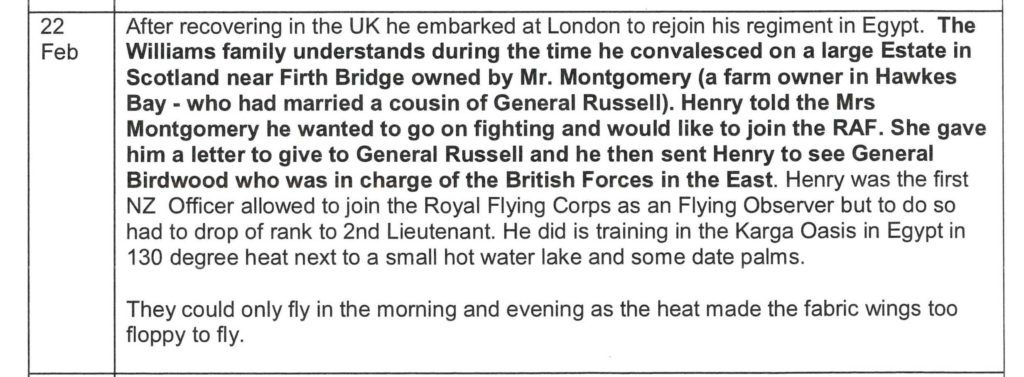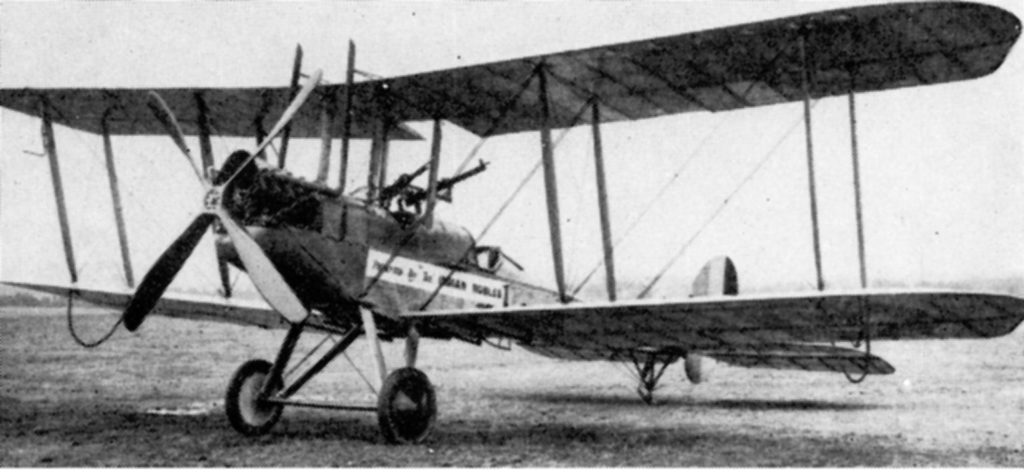According to the Williams family’s understanding he was sent to rest – probably after being in Staines (near London), to Scotland (Kinross House Estate, Milnathort –Google Maps).. This was on a large estate, and whilst talking with the lady who owned the estate he apparently expressed his desire to continue fighting, and that he would like to join the Royal Flying Corps.
It happened that the lady’s brother was General Russell, who was in charge of the British Forces in the East, so she gave Harry a letter of recommendation for him to give to the general.
Harry was posted to the New Zealand Base Depot at Hornchurch on the 13th of January 1916, where he was on Light Duties, and undergoing instructional courses as he recovered from the wound. He was transferred then to a Mtd Train (?) Regiment (New Zealand Mounted Rifles Training Regiment) from the 26th of April till the 6th of May 1916.
Royal Flying Corps Service
It seems that Harry must have gotten to see General Russell with that letter, because he was allowed to transfer to the Royal Flying Corps as an Observer. He was attached to the RFC on the 6th of May 1916.
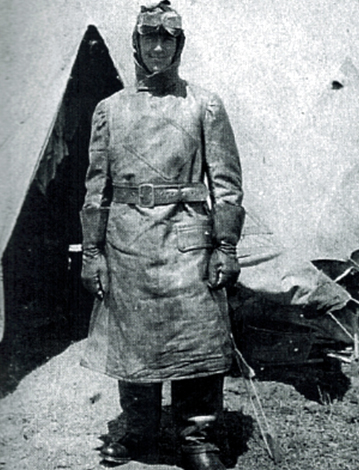
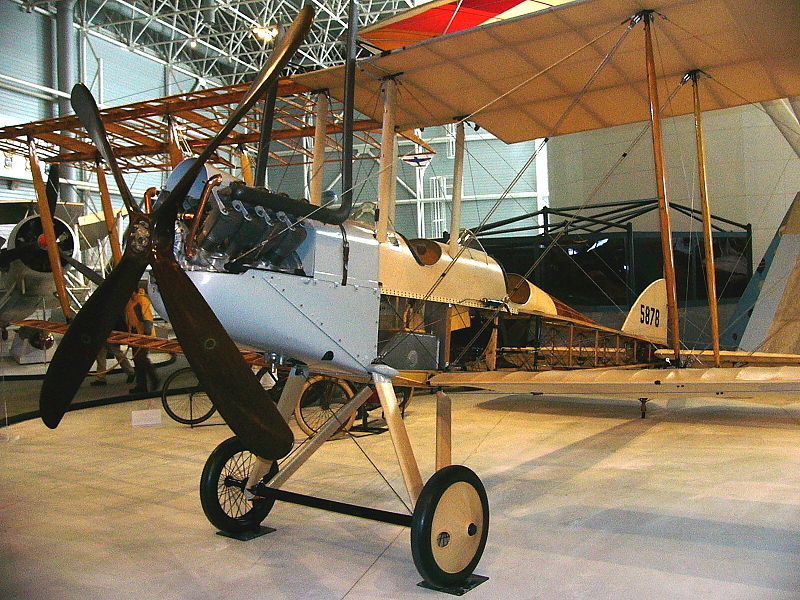
BE2
The aircraft used by the unit was the BE.2c scout. As Harry was an Observer he would mainly have been sitting in the front seat taking photographs, marking map references and taking notes and using a wireless to direct artillery. The pilot sat in the rear seat of these 60hp two-seat aircraft.
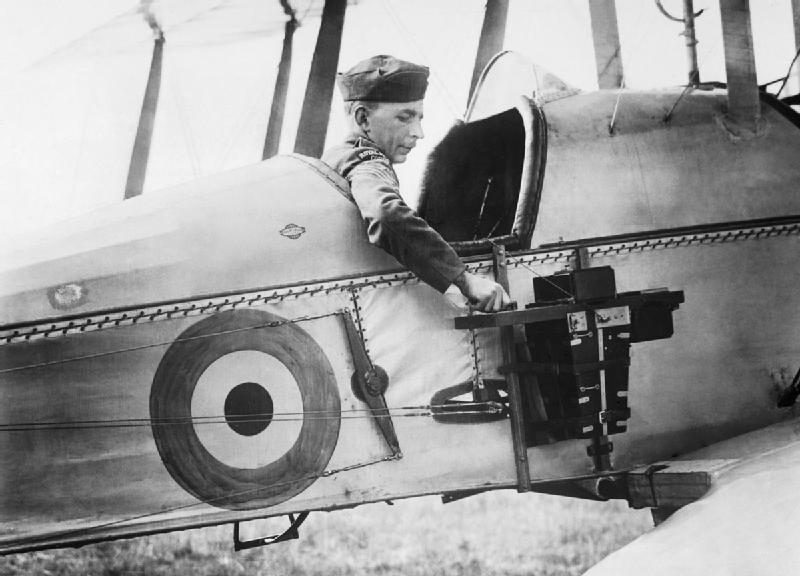
On the 15th of June Harry was in one of two BE.2c aircraft that were sent to the Dakhilah Oasis some 40 miles west into the Sahara. They became lost and were forced to land. In the morning one of the aircraft would not start. The four men decided to flip a coin to see who would fly out for help. Harry Williams won the toss. The two left behind were pilot, 2/Lt Stewart Gordon Ridley, and Air Mechanic 1st Class, John Albert Garside.
When a rescue plane returned on the 17th they could not find the two men who had remained behind. It turned out that they had managed to get the aeroplane running temporarily and had flown it a short distance before having to put down again. On the 18th, with their water gone, Ridley, shot himself while Garside’s back was turned. Garside died the next day, after having smashing the aeroplanes compass for extra water. Their bodies were not found until the 20th of June 1916. They were buried there near the Dakhilah Oasis.
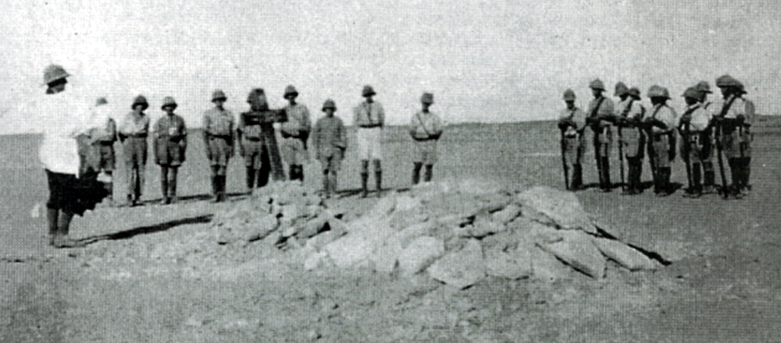
The next month saw a move across the Mediterranean. On the 7th of July 1916 Harry and “B” Flight of No. 17 Squadron arrived at Salonika in Greece. By this time the squadron had become a mixed unit with twelve BE.2c aircraft for reconnaissance purposes, and two de Havilland DH2’s and three Bristol Scout fighters for a more offensive capability.
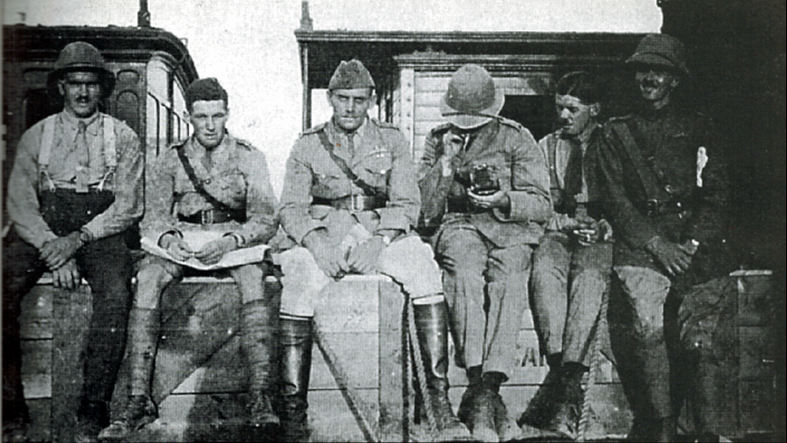
The Royal Flying Corps was in Salonika at the request of the Greek Prime Minister to assist against the Bulgarians who attempted to invade in July 1916. They were repulsed by the British. The British established a large beach head and defensive trench system across northern Greece called the “Bird Cage” because it was surrounded Greece with so much barbed wire. It held for all of WWI and stopped the Bulgarians invading Greece.
This posting didn’t last long for Harry though, as he set off again from Salonika on the 11th of August 1916 by ship back to Egypt, from where he then proceeded back to England.
By then Harry had completed 100 hours in the air carrying out the duties of an Air Observer. For some of his time with No. 17 Squadron he’d still been in the New Zealand Army. His service with the Army was terminated on the 15th of July 1916 and he was formally taken on strength with the Royal Flying Corps.
Wings Course
Harry had applied to join a Wings course to learn to be a pilot and was accepted in August 1916, which prompted his leaving Salonika. On arrival back in the UK he was posted to Brasenose College, Oxford , where he completed a basic theory test in November 1916.
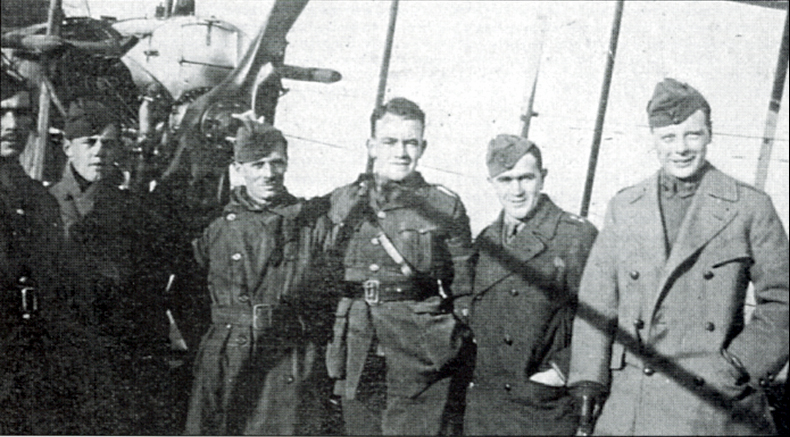
Harry then had 15 flights with an instructor totaling 1.15 hrs. His first solo flight was undertaken on Christmas Eve 1916. He was now officially a pilot.
A bad day for any pilot occurred on the 16th of January 1917, when Harry experienced two consecutive engine failures during further training. However he landed without any damage from both. Another engine failure occurred on the 2nd of February when he was flying at 500ft. This time he crashed heavily into a forest, writing the plane off. However he was unhurt and flew again three hours later.
On the 24th of February 1917 Harry was admitted to the New Zealand General Hospital at Brockenhurst, with Rubella (or German measles). He was in the hospital for several weeks, and apparently had surgery during that time too, but whether that was related to the illness or perhaps his old leg wound, is not known. However he was laid up till the 12th of April, which probably saved his life as many of his classmates would have been killed by “Bloody April” in France.
All fit and well again, Harry was posted to No. 7 Squadron, RFC, at Matigny, in France. This was approximately 17 miles south west of Saint Quentin. Again Harry was flying in the old BE.2’s, but now he was the pilot. He conducted his first operational flight over the Western Front on the 5th of May 1917. He and his observer were tasked with directing artillery on Maissemy, and during the flight they experienced both engine and wireless failure, and had to turn back three times.
He was then posted to The Somme.
HD Williams learns to be a flight instructor
So Harry’s last months of the war, during which he held the rank of Major, was spent flying around various flying schools in a Sopwith Pup fighter, visiting each and getting to know their training systems.
Other aircraft types he’d flown in this last year of the war in Britain included the SE.5A, the Bristol Fighter and the venerable old Avro 504K.
He received demobilisation on the 20th of December 1918. On demob Harry had flown in his career a total of 385.40 hrs as a Pilot and 100 hrs as an Observer. he did not return immediately to New Zealand however, and it was not till the 2nd of September 1919 that Harry arrived back in his home country aboard the Niagara. along with another New Zealand pilot, Captain Warnock of Taranaki.
Following World War One, Harry was offered the role of commanding the New Zealand Permanent Air Force. However he declined, preferring to return to farming in Cambridge.
See also HD Williams Memoires pages 24-25
